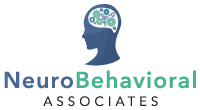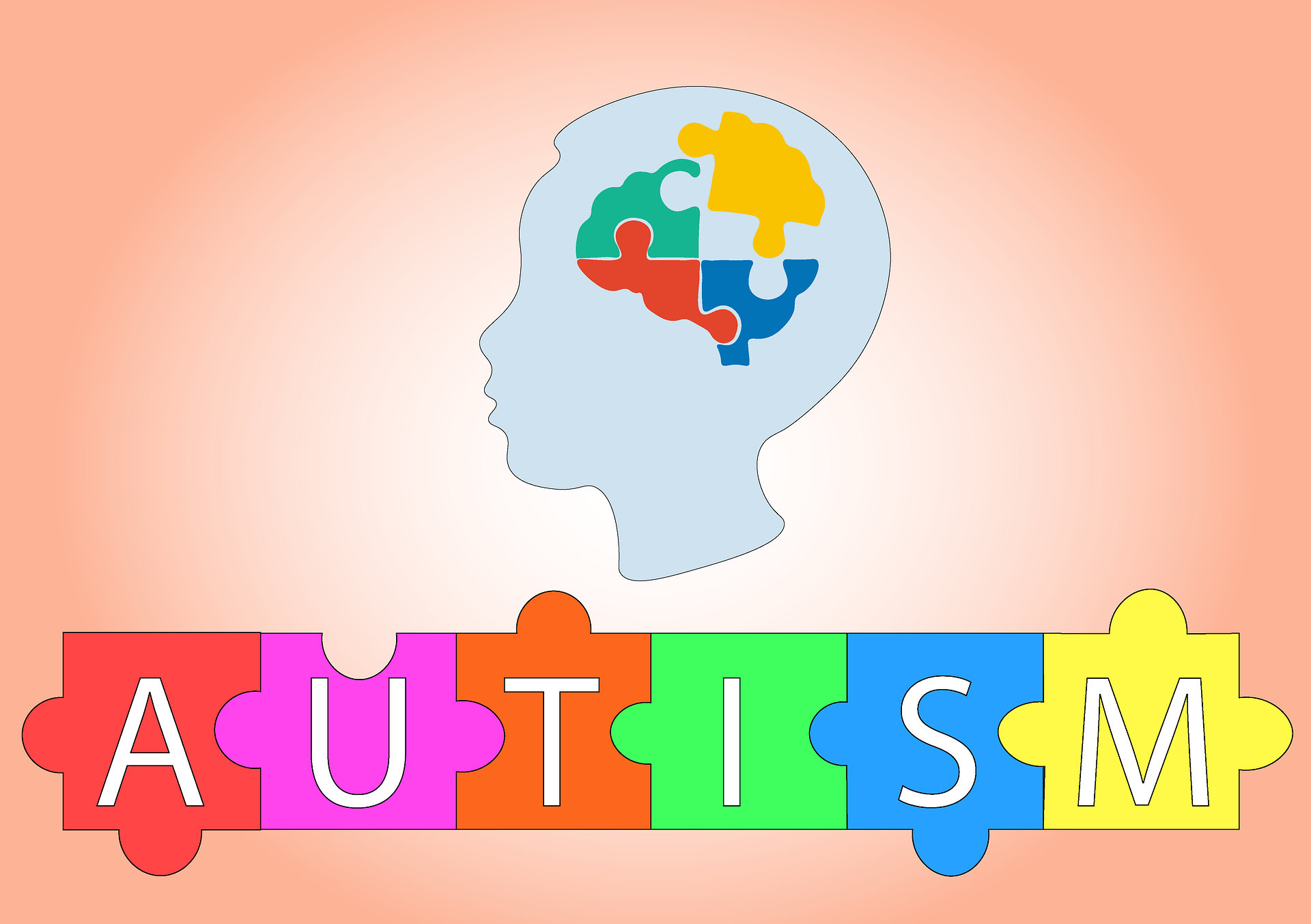April 2nd is World Autism Day, an internationally recognized day of support and understanding for people with autism spectrum disorder. ASD is common, with 1 in 52 Maryland school age children diagnosed with the condition.(1) However, despite the prevalence of autism, there is still limited understanding regarding ASD, even among researchers and clinicians.
Understanding Autism
Autism spectrum disorder is a neurodevelopmental disorder that impacts a person’s communication, self-expression, and behaviors. (2) Autism is thought of as a spectrum, because the condition affects each person differently.
The earlier that a person can receive an autism diagnosis, the easier it will be for them to receive interventions and therapies designed to improve their quality of life.(3) This is because the brain is most primed for communication skills during the earliest times of a child’s life, between birth and age 5. As such, it is increasingly recommended that children be evaluated and diagnosed for autism around the age of 18 months old. (3) Research is increasingly showing that there are enough signs at 18 months old to make a diagnosis of autism likely to be accurate. In fact, the CDC reports that more than 80% of parents noticed signs of autism in their child by the time they were 2-years-old. (4)
What are the Signs of Autism?
Because the symptoms of autism vary from person to person, they aren’t always easy to pinpoint. However, many people with autism spectrum disorder will have the following signs:
- Not playing pretend games by 18 months old or recognizing their name by the time they turn one. (4)
- Not making or maintaining eye contact with others.(4)
- Not having interest in other adults or children.(4)
- Have difficulty understanding the feelings of other people. They might also struggle with their own emotions and shy away from physical contact with others.(4)
- Have speech delays, repeat certain words and phrases, or talk in a robotic-sounding voice. According to the CDC, 40% of children with ASD do not communicate verbally.(4)
- Have intense reactions to changes and transitions. (4)
- Be obsessively interested in certain topics or hobbies.(4)
- Display unexpected body movements, such as flapping their hands or rocking their body back and forth.(4)
- Show signs of sensory problems, such as disliking loud noises or the feeling of tags on clothing. (4)
Intervention and Therapy for Autism Spectrum Disorder
Doctors still don’t know what exactly causes autism. The current thought is that it is a combination of known and unknown factors, including genetics. However, certain therapies and interventions can help children and adults with ASD to reach their full potential.
Common interventions for autism spectrum disorder include therapies designed to improve communication skills and encourage positive behaviors. (5) Applied Behavior Analysis is one of the most common types of these treatments.There are also therapies to build better social and emotional skills, as well as general speech and occupational therapies. Many parents of children with autism also help their child use communication devices, such as picture boards, in order to more easily communicate. (5)
Services for Autism Spectrum Disorder at NeuroBehavioral Associates
NeuroBehavioral Associates is located in Columbia, MD. We provide comprehensive assessments to evaluate adults and children with ASD, as well as individuals with other known or suspected neurodevelopmental, learning, or attention disorders. We use these assessments to help formulate an appropriate intervention plan. We also offer Neuropsychologically Informed Strategic Therapy, which can be extremely beneficial for the families of children with autism.
NeuroBehavioral Associates has remained open during the COVID-19 pandemic. Our practice maintains a low-contact testing strategy that includes the maintenance of social distancing, as well as certain telehealth tools to complement our in-office visits. Contact us today at 410-772-7155 to schedule an appointment or to learn more about the services that we provide.
References:
- A Snapshot of Autism Spectrum Disorder in Maryland. (2020, October 2). Centers for Disease Control and Prevention. https://www.cdc.gov/ncbddd/autism/addm-community-report/maryland.html
- What is Autism? (2020, March 26). Autism Society. https://www.autism-society.org/what-is/
- McCarthy, C. (2019, August 18). How early can you — and should you — diagnose autism? Harvard Health Blog. https://www.health.harvard.edu/blog/how-early-can-you-and-should-you-diagnose-autism-2019082317653
- Signs & Symptoms | Autism Spectrum Disorder (ASD) | NCBDDD | CDC. (2015, February 26). Centers for Disease Control and Prevention. https://www.cdc.gov/ncbddd/autism/signs.html
- Treatment | Autism Spectrum Disorder (ASD) | NCBDDD | CDC. (2019, September 23). Centers for Disease Control and Prevention. https://www.cdc.gov/ncbddd/autism/treatment.html






